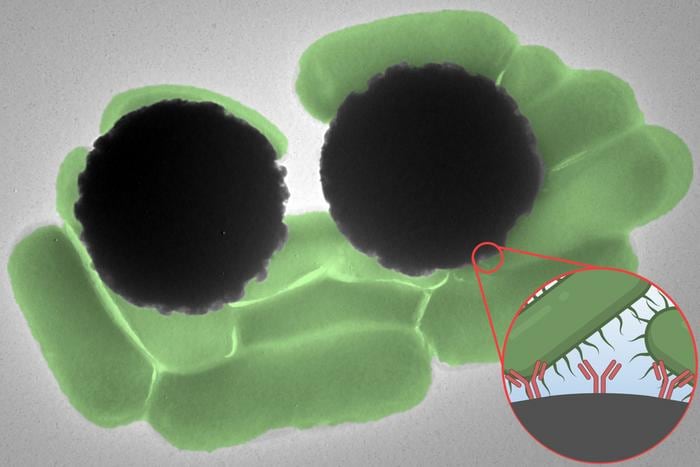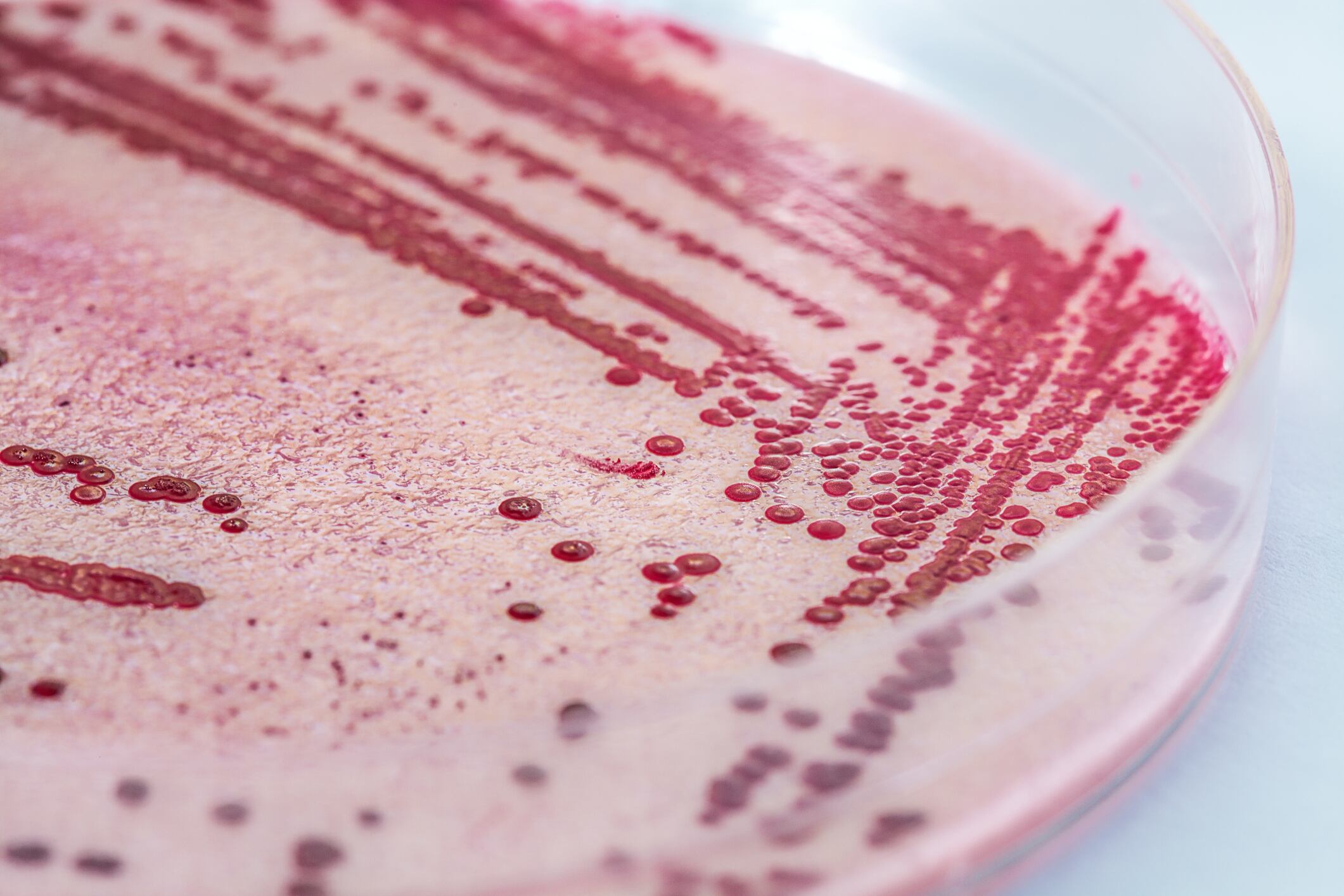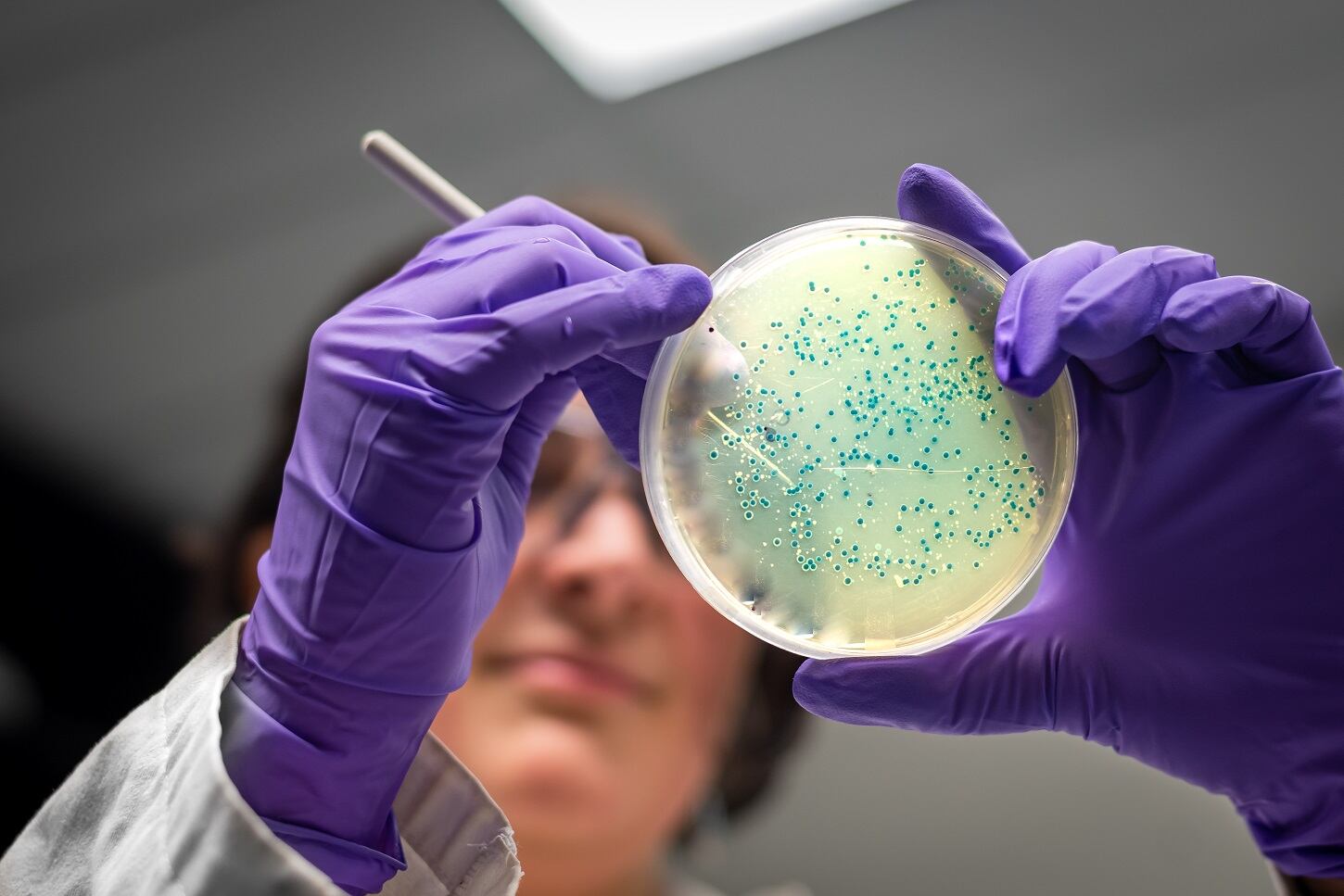A new study by the Quadram Institute and the University of East Anglia has found that diverse populations of theses bacteria are more commonly found on food than previously thought.
Researchers at Quadram, with support from the UK Health Security Agency, investigated varied retail samples of chicken, pork, salmon and leafy greens for the presence of Yersinia enterocolitica.
They found that almost three quarters of chicken samples harboured the bacteria, as well as four fifths of the salmon tested. The bacteria were also found on one of ten leafy greens sampled, posing a greater risk to consumers as they are often eaten uncooked.
Close relation of samples
Genome sequencing of the Yersinia identified in the samples found almost all belonged to a group called biotype 1A. While not thought to be a major cause of disease in humans, many of the food-derived samples of Yersinia were closely related to the human-derived ones.
The findings of this study posed questions about the threat that Yersinia enterocolitica in the food chain poses to human health.
Yersinia bacteria inhabit animal guts and when certain types infect the human gut, they can cause yersiniosis. This is a type of gastroenteritis, causing diarrhoea, fever, stomach cramps and vomiting.
Underreported cases
While the number of cases is low, Quadram believed this was because the numbers are under-reported – most people with gastroenteritis will only report if the symptoms are severe or don’t clear up.
“These bacteria appear to be more prevalent on supermarket foods than other more high-profile bacteria, like Campylobacter and Salmonella,” said a Quadram spokesman. “And yet the number of cases of yersiniosis reported is much lower than for these causes of foodborne disease, even though the pervasive biotype 1A has also been found in human samples.
“What is now needed is surveillance of Yersinia enterocolitica from both food and human sources to better understand biotype 1A’s role in infection and to make sure our food is as safe as possible.”
Meanwhile, Food Manufacture hears from a roundtable of three experts from Mars, the FDA and Oxford Nanopore Technologies, as they discuss how one can use the power of genomics in contamination incident management.





